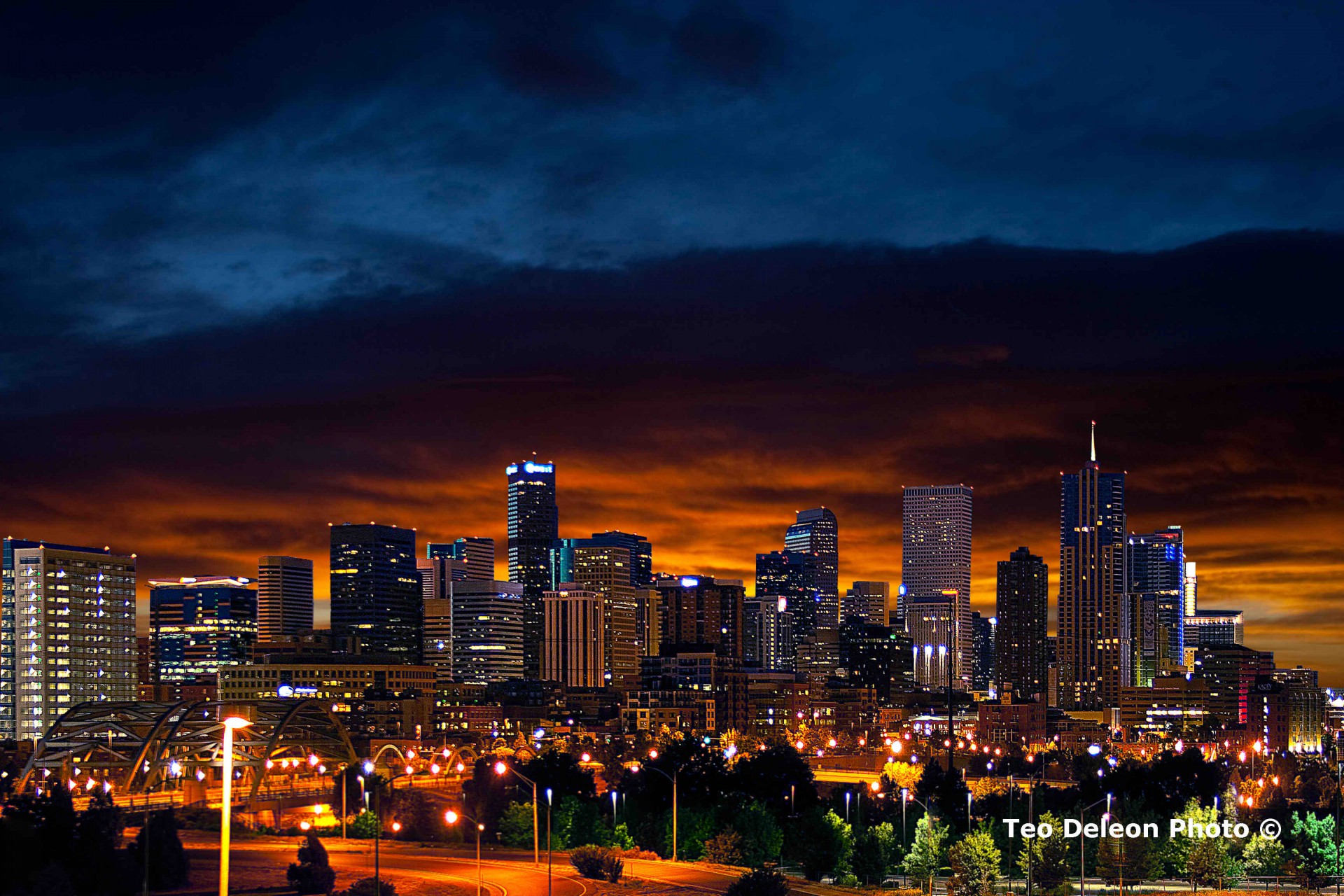Denver Best Place to Live In 2016
 A new survey found looking at the best places to live found that the Mile-High City gets the top spot. In U.S. News & World Report’s inaugural Best Places to Live ranking, Denver took the top spot, followed by Austin, Texas. U.S. News analyzed 100 cities based on quality of life, job market, as well as the value of living there and people’s desire to live there. Denver had an overall score of 7.8 out of 10. Nicknamed the Mile High City for its 5,280-foot elevation (although officially reported as 5,279 feet), Denver’s location at the base of the Rocky Mountains provides a gateway to a slew of outdoor pursuits, although it is probably best known for its devout ski and snowboard enthusiasts.
A new survey found looking at the best places to live found that the Mile-High City gets the top spot. In U.S. News & World Report’s inaugural Best Places to Live ranking, Denver took the top spot, followed by Austin, Texas. U.S. News analyzed 100 cities based on quality of life, job market, as well as the value of living there and people’s desire to live there. Denver had an overall score of 7.8 out of 10. Nicknamed the Mile High City for its 5,280-foot elevation (although officially reported as 5,279 feet), Denver’s location at the base of the Rocky Mountains provides a gateway to a slew of outdoor pursuits, although it is probably best known for its devout ski and snowboard enthusiasts.
To clarify a common misconception, Denver is not a mountain town. It actually takes at least an hour to drive to the Rockies. But there are some great places for recreating within a 30-minute drive of downtown, such as Red Rocks Park and Cherry Creek State Park.
Some might say that the city is experiencing a gold rush of a different color: green. After Colorado residents voted to legalize recreational marijuana in 2012, Denver has seen a surge in cannabis-related commerce, from dispensaries to magazines to high-tech paraphernalia like vaporizers, rolling papers, lotions and storage containers – and the industry is just gaining speed.
Over the last few years, Denver has experienced a population boom, and it doesn’t seem to be slowing down anytime soon. As a result, the cost of living has dramatically increased since 2009, with housing costs seeing one of the biggest spikes. The average home price in Denver is now significantly higher than the national average.
The population of the Mile High City has grown rapidly year over year, making Denver a seller’s market. Denver home prices tend to be highest southeast of downtown near Cherry Creek, a neighborhood with an average list price of more than $1 million. Average sales prices in neighborhoods west and east of downtown Denver are much lower, with houses in Edgewater and Aurora selling for as low as $50,000 or $60,000.
Although the weather in Denver is generally sunny and dry, it can be subject to quick bursts of rain, snow, hail and lightning thanks to its geographical relation to the foothills of the mountains. The local rule of thumb is that if you don’t like the weather, just wait five minutes for it to change again. Those unfamiliar with the Mile High City may think that winters are bad, but Denver usually experiences bright blue skies and powdery snow that melts by noon.
Despite being a very eco-friendly community, many people in Denver have cars. The highways are becoming more crowded during rush hour as commuters make their way between downtown Denver and its outlying commercial areas like the Denver Tech Center to the south and Broomfield to the north.
Some Denver neighborhoods are walkable; however, most of the city is too spread out for much more than strolling. Many people prefer to use bikes instead, and there are more than 85 miles of paved trails throughout the city for cyclists. The Denver-based bike sharing company, B-Cycle, provides access to 700 bikes at 87 stations across the city.
The RTD light rail – an above-ground tramway – is another popular mode of transportation, especially for commuters. Continued development of the light rail is expected to provide service to Boulder and the Denver International Airport, the fifth busiest airport in the country. RTD also provides commuter bus service throughout the area, while Amtrak and Greyhound offer ground transportation to nearby cities.